Moving can make anyone break a sweat, especially when heavy furniture and appliances need to go up flights of stairs. Trying to muscle large objects upstairs on your own can cause serious injury. Don’t lose your cool or throw out your back—follow these tips to safely transport bulky items upstairs.
Know Your Physical Limits
Before moving day, take stock of what you need to bring upstairs. Lift and carry boxes and smaller items you can handle alone. But be realistic about your physical limits. Extra-large furniture like sofas, pianos, and treadmills often require two or more people, or professional movers with special equipment. Don’t let ego take over—if an item requires two people to lift, get a helping hand. Attempting to move extremely heavy objects alone can pull muscles and cause slipped discs.

Call In Reinforcements
Get a few friends to help distribute the weight and maneuver tricky corners and stairwells. More hands make lighter work. Or consider hiring professional movers with the right straps, lifts, and dollies designed specifically for heavy lifting and navigating stairs. Their training and experience with correctly lifting large, awkward objects can help prevent strained muscles and back pain.
Thoroughly Prep the Route
Clear a wide path by securing any loose railings and taping doors open. Sweep stairs clear of debris, dust, and dirt. Cover sharp corners and table edges with protective pads and bubble wrap. Use ramps or plywood to smooth any transitions or lips between steps. Check for protruding nails, splinters, or staples, and hammer them down. Apply non-slip treads if stairs are slick. For pivoting furniture around landings, use rubber mats or place smooth furniture sliders under the legs. Minimize interruptions and keep the stairwell as open and secure as possible.
Split Items Into Lighter Sections
Take apart bulky items like beds, desks, and bookcases into smaller, lighter sections that are easier to lift. Carry the headboard, frame, and mattress separately. Detach table legs and lift the tabletop independently from the bases. This makes unwieldy objects more manageable for transporting upstairs. Disassemble what you can.
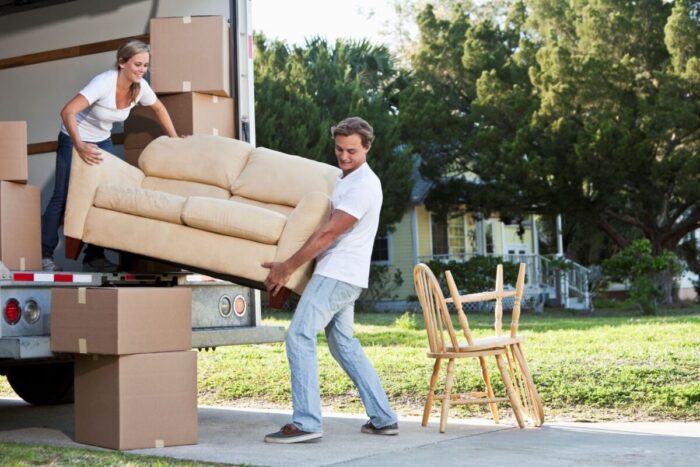
Lift Properly
Use your legs for lifting strength, not your back. Keep your spine neutral, lift with your knees in a fluid motion, and avoid twisting. Hold items close to your core to better balance the weight distribution. For two-person jobs, coordinate lifts and take cues from your partner. Time and pace your movements smoothly together and rest whenever needed. No sudden movements.
Use Gear for Better Grip
Use moving straps to get a solid grip and evenly hold furniture when maneuvering upstairs. Cover rails with moving blankets to protect from scratches. A furniture dolly converts stairs into ramps by letting you securely roll items. Carefully lock the wheels before lifting. Wear gloves and shoes with traction to prevent slips.
Take Regular Breaks
Pace yourself on long stairwells. Stop to catch your breath and get a solid grip before continuing. Have someone at the bottom help pass items up and vice versa. Switch out helpers if you start tiring. Stay hydrated and avoid overexertion. Listen to your body.
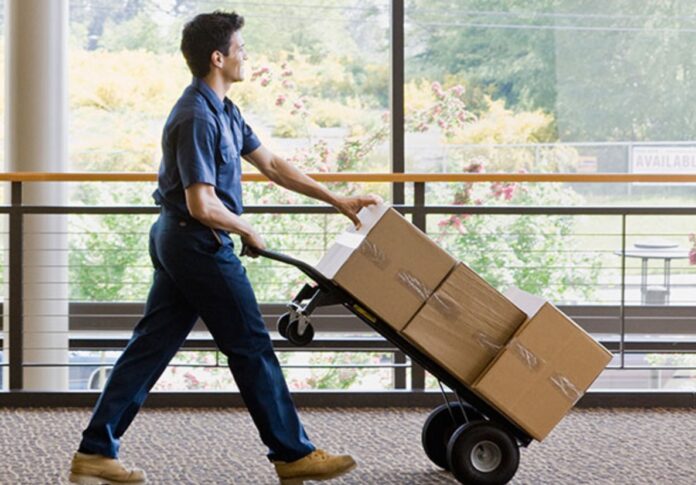
Rent Moving Equipment
Consider renting a stair climber or lift that can mechanically pull or push heavy objects upstairs on tracks. Or hire professional piano movers with special tools and equipment to transport challenging items like safes, hot tubs, or grand pianos. Let machines, not your muscles, do the intense lifting.
Leave Extremely Heavy Items to Experts
Professional movers Move4U are trained and equipped to safely transport bulky furniture upstairs without injury. They bring specialized straps, lifts, and dollies to navigate tricky stairwells. Let them handle the most challenging items like overweight gun safes, giant hot tubs, pool tables, or 300 lb grandfather clocks. It’s worth the cost to have experts securely lift hundreds of pounds versus risking major back strain.
Do a Stairwell Walkthrough
Before moving day, assess the stairs with your helpers or movers. Gauge tight spots, and turning challenges, and discuss a plan of attack. Decide beforehand where you’ll need an extra set of hands or rest periods. A staging walkthrough helps prevent being caught off guard by unexpected corners or doors that could jam furniture.
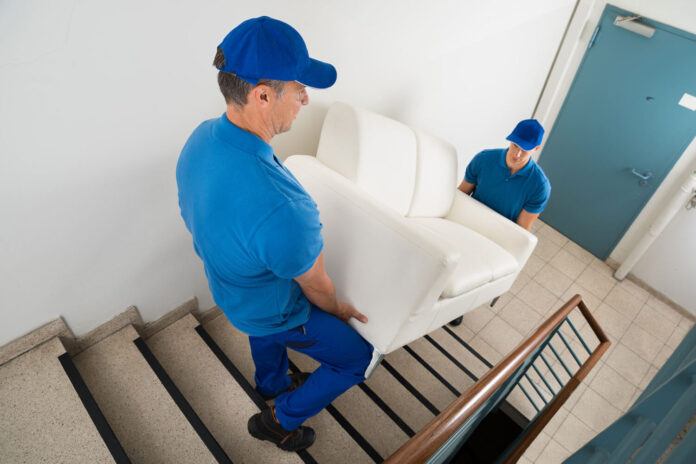
Stay Positive
Moving heavy items upstairs can be daunting. But keep frustration at bay by planning carefully, pacing yourself, and asking for help when needed. With these tips, you can take charge of transporting bulky items upstairs safely. Focus on the sense of accomplishment once everything is securely moved into your new home rather than on the strain. You’ve got this!
Secure Top-Heavy and Unwieldy Items
For unstable or top-heavy items, tightly strap them down to a dolly and carefully roll them upstairs. Disassemble furniture and carry it in sections whenever possible. Take wide, gradual turns around landings. If an item starts to tip, have a person stabilize each end. Pad sharp furniture edges to avoid wall damage. A little extra securing goes a long way.
Maintain Control of Speed and Movements
Rushing while moving heavy objects upstairs can lead to slips, falls, and injuries. Take a slow, controlled pace ascending and descending. For large items, have helpers act as spotters at the top and bottom to guide movement around landings and provide stability. When turning tight corners, lift together in very small, coordinated movements. Keeping everything stable-slow and smooth wins the race on stairs.
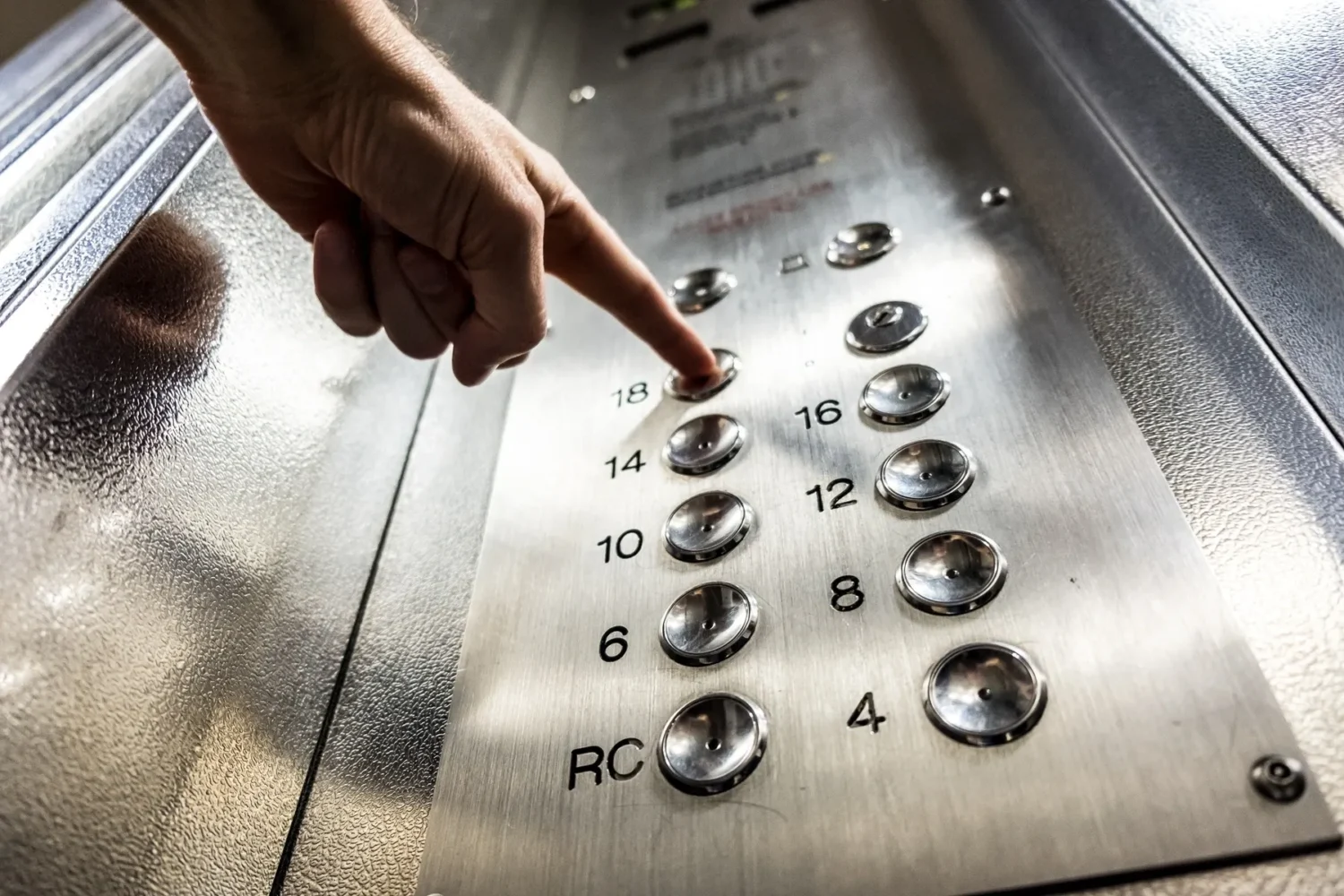
Ask About Using Building Elevators
If there is an elevator available in your building, check with the landlord about using it for moving very heavy or extremely large items, even if just a few pieces. Offer to pay a security deposit or small fee to use the elevator as a courtesy. Your landlord may be amenable to this occasional use to avoid potential stairwell damage from attempting risky moves.
Do a Test Run While Empty-Handed
Practice walking up the stairs normally while empty-handed. Identify how far you can carry an item comfortably before needing to rest. This helps gauge your limits and plan how to split up moving tasks accordingly. Time how long it takes to go up and down so you can estimate durations for the real thing. Do a dry run so moving day isn’t your first try.
Listen to Your Body
Pay close attention to any muscle tremors, shortness of breath, overheating, or pain. Don’t ignore your body’s signals. Moving injuries can creep up slowly. Take a break or stop lifting altogether at the first sign of strain. You don’t want to be laid up with a serious back or shoulder injury. Better safe than sorry when it comes to heavy lifting on stairs.

In total, moving heavy items upstairs takes strategic planning, patience, and assistance. But with these tips, you can transport bulky belongings safely without sacrificing your health. Just remember to listen to your body, take your time, and ask for help when unsure. Stay cool and take control on moving a day.

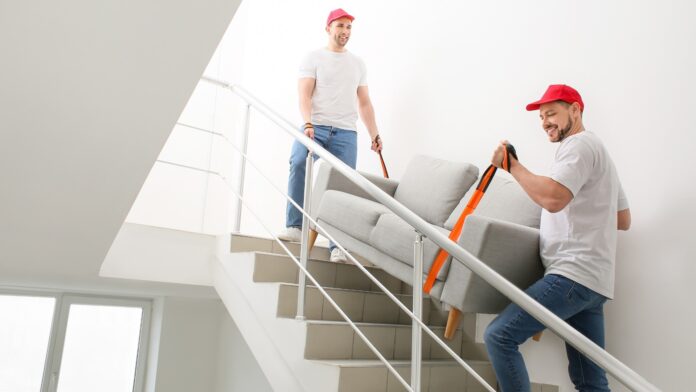



![Calgary’s Hottest Neighborhoods for Luxury Homebuyers [2024]](https://thewashingtonote.com/wp-content/uploads/2024/04/Calgary-324x160.png)



